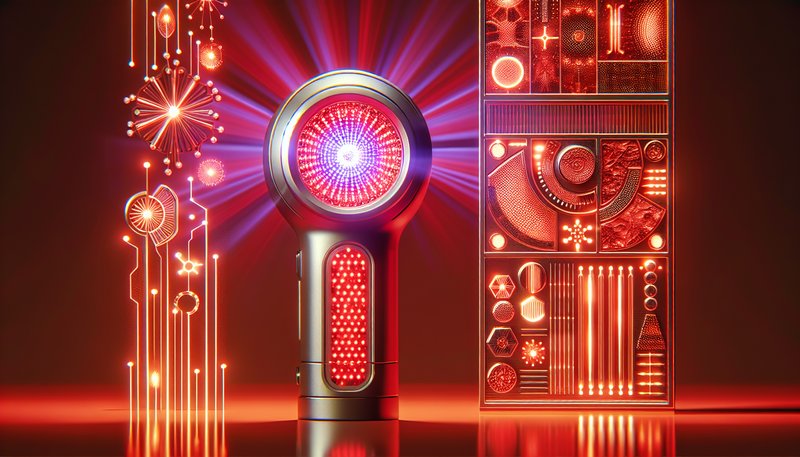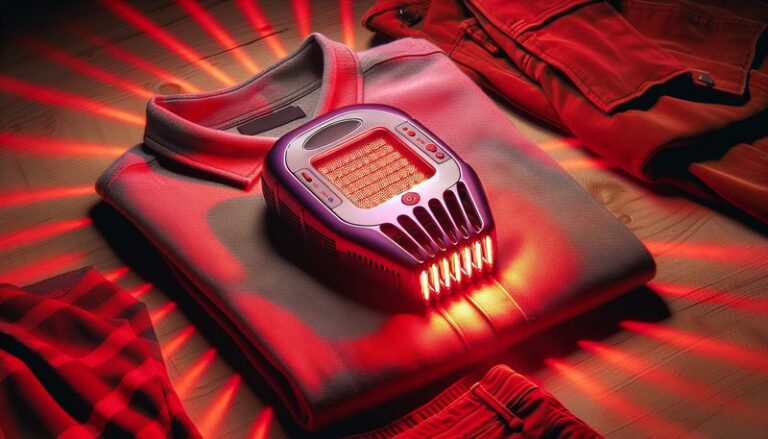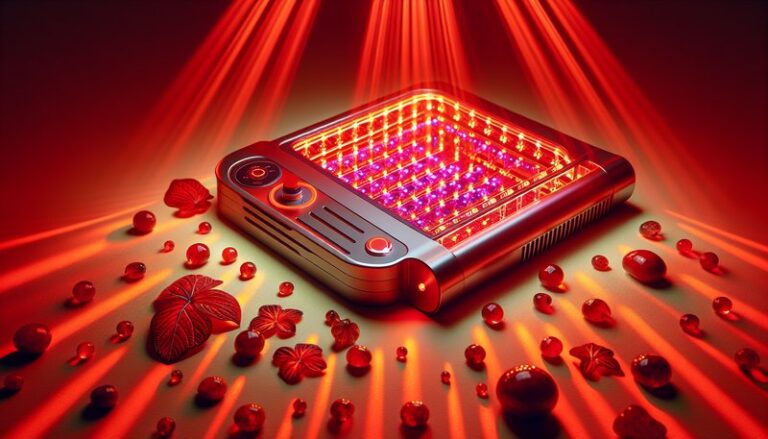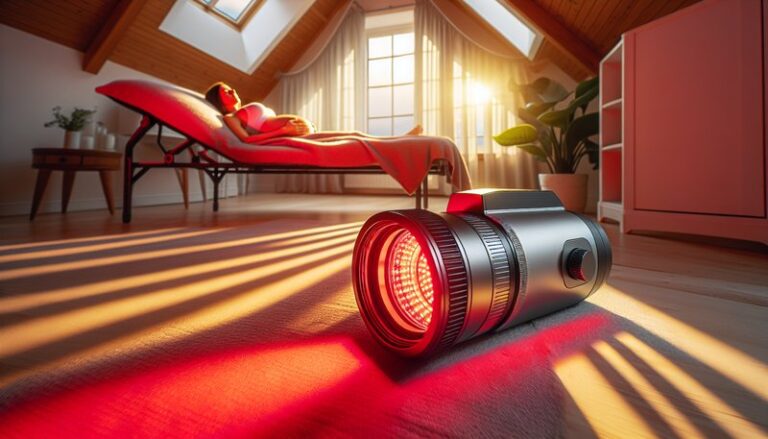Will Red Light Therapy Help Rosacea?
Will Red Light Therapy Help Rosacea?
How effective is red light therapy in treating rosacea?
Rosacea is a chronic skin condition characterized by facial redness, visible blood vessels, and sometimes acne-like breakouts. Many are seeking effective treatments to manage their symptoms, and one option that has gained attention is red light therapy. This article will explore the potential of red light therapy in alleviating rosacea symptoms, detailing its benefits, considerations, alternatives, and answer some frequently asked questions on the topic.
Key Takeaways
- Red light therapy may reduce inflammation and redness associated with rosacea.
- It is a non-invasive treatment with minimal side effects compared to traditional medication.
- Always consult a dermatologist before starting any new treatment regimen for rosacea.
What is Red Light Therapy?
Red light therapy, also known as low-level laser therapy (LLLT), utilizes specific wavelengths of light to penetrate the skin’s layers. This therapy aims to promote healing, reduce inflammation, and rejuvenate skin. It works by stimulating the production of collagen and elastin, enhancing cellular repair, and improving blood circulation.
In recent years, red light therapy has garnered interest for its potential use in treating various skin conditions, including rosacea. This treatment is typically delivered through devices such as LED panels, handheld units, or even specialized clinics.
What are the Benefits of Red Light Therapy?
The benefits of red light therapy in treating rosacea are worth exploring to understand its application and effectiveness better.
Don’t miss Can Red Light Therapy Reduce Cellulite?
Reduced Inflammation
One of the most notable benefits of red light therapy is its ability to reduce inflammation. The therapy activates the body’s natural healing processes, which can help calm the inflamed blood vessels and alleviate redness associated with rosacea.
Improved Skin Texture
Frequent use of red light therapy may lead to smoother skin texture by stimulating collagen production. This is particularly beneficial for rosacea patients, who often experience rough or uneven skin.
Non-Invasive Treatment
Unlike some medical treatments for rosacea, red light therapy is non-invasive and generally painless, making it a favorable option for those hesitant about prescription medications or invasive procedures.
Minimal Side Effects
Red light therapy is associated with few side effects, mainly limited to mild irritation or warmth during treatment. This makes it a safe alternative for many individuals.
Is it Possible to Treat Rosacea with Red Light Therapy?
Yes, it is entirely possible to incorporate red light therapy into a treatment regimen for rosacea.
What are the Advantages of Red Light Therapy for Rosacea?
Red light therapy presents several advantages for individuals seeking to manage their rosacea symptoms.
Pain-free Sessions
The therapy sessions are typically pain-free, allowing individuals to undergo treatment without discomfort, making it an accessible option for many.
Convenience of Use
With various devices available for home use, patients can conveniently administer treatments at their own pace, fitting into their daily routines.
Complementary Treatment
Red light therapy can work alongside other treatments, such as topicals or oral medications, potentially enhancing overall effectiveness in managing rosacea symptoms.
What are the Disadvantages of Using Red Light Therapy?
While there are many advantages, it is essential to recognize the potential drawbacks of red light therapy.
Time Commitment
Regular sessions are usually necessary for optimal results, which can require a significant time commitment and consistency over weeks or months.
Cost Factors
Although some devices are available for home use, professional treatments can be costly, and long-term use may lead to increased expenses.
Variable Results
Results can vary from person to person. While some may experience significant improvement, others may find the treatment less effective, and patience may be needed to see visible results.
What are the Things to Consider Before Starting Red Light Therapy?
It’s crucial to consider several factors before starting red light therapy for rosacea.
Consultation with a Dermatologist
Before beginning treatment, it is essential to consult with a dermatologist. They can evaluate your specific condition and recommend a suitable course of action.
Device Type
Different devices offer varying wavelengths and intensities of light. Researching and selecting an appropriate device for your skin type and needs is essential for effectiveness.
Monitoring Progress
Keeping track of your symptoms and treatment progress can help assess the therapy’s effectiveness and guide adjustments in the regimen as necessary.
What are the Alternatives to Red Light Therapy?
There are several alternative treatments available for managing rosacea symptoms.
Topical Treatments
Medicines like metronidazole and azelaic acid are commonly prescribed for rosacea and can effectively reduce redness and inflammation.
Laser Treatments
Laser therapies, such as pulsed dye laser or intense pulsed light (IPL), are often used to target blood vessels and reduce redness in severe cases.
Lifestyle Changes
Implementing lifestyle changes, such as avoiding known triggers (e.g., spicy foods, alcohol, and extreme temperatures), can significantly reduce flare-ups associated with rosacea.
Discover the facts in Best Red Light Therapy for Face
Conclusion: Is it Recommended to Use Red Light Therapy for Rosacea?
Red light therapy shows promise as a non-invasive, effective treatment option for rosacea, offering benefits like reduced inflammation and improved skin texture. However, results can vary, necessitating professional consultation and consideration of individual needs. As part of a comprehensive treatment plan, combining red light therapy with other modalities may prove beneficial in managing rosacea symptoms effectively.
Frequently Asked Questions
Can red light therapy cure rosacea?
While red light therapy can help alleviate symptoms and reduce inflammation, it is not a cure for rosacea. Management often requires multiple treatment approaches.
How often should I use red light therapy for rosacea?
The frequency may vary, but most guidelines suggest 2-3 sessions per week. Consult a dermatologist for personalized recommendations.
Are there any side effects to red light therapy?
Side effects are generally minimal, but some individuals may experience mild skin irritation or redness after treatment.
How long does it take to see results?
Results can take several weeks to manifest, as consistent treatment is often necessary to observe noticeable improvements.
Is red light therapy safe for sensitive skin?
Yes, red light therapy is generally considered safe for sensitive skin, but it’s best to consult a dermatologist before starting treatment to ensure it’s suitable for your specific skin condition.






